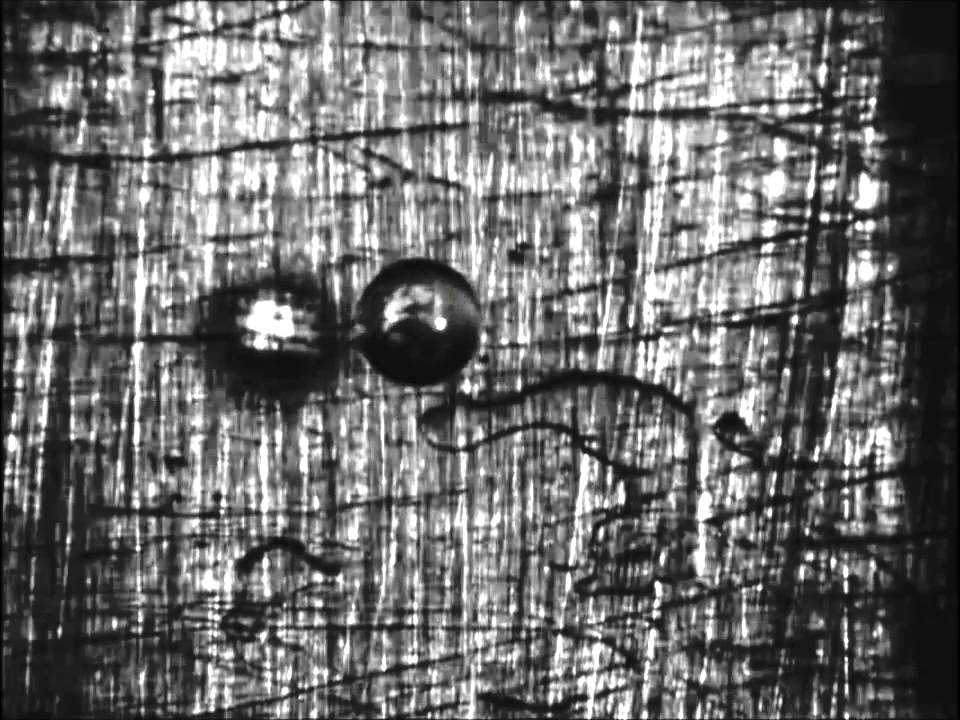Research
Our research focuses on analytical and numerical modeling of mechanical systems and corresponding experiments. We determine the properties (density, viscosity, viscoelasticity) of a fluid by quantifying its interaction with a vibrating system. We also study the vibrational characteristics of water turbines and, at smaller scales and higher frequencies (MHz), we work on modeling and design of devices for ultrasonic particle manipulation. Further areas of research include the study of wave propagation in structures and thin films (nanosonics), as well as time dependent phenomena in snow mechanics.
Dynamic viscosity and density sensing
When a vibrating system, such as a tube or rod, is brought in contact with a fluid, the vibrational characteristics of the fluid (resonance frequencies and damping) undergo changes. These changes can be related to the density and viscosity or even viscoelasticity of the fluid by calibration or by modeling. We use resonators that are rod- or tube-shaped (Fig. 1), or, in cases where small quantities of fluid are being investigated, U-shaped (Fig. 2,[1]*). These are excited to a near-resonance state using electromagnetic forces, for example; and are then made part of a gated phase locked loop, such that the vibration is stabilized near the resonance frequency with a resolution of up to 1 in 10’000’000. We then determine damping with a digital measurement, where the resonator is driven at two phase values close to the resonance frequency. Our research can be applied to the measurement of fluid properties in the oil-and-gas and food industries, and also has applications within DNA research.
Ultrasonic particle manipulation
When a high power ultrasound field is generated in a fluid containing particles (bacteria, functionalized beads etc.), these particles experience a force field that is approximately derived from Gorkov’s potential. Such fields can be generated in microfluidic systems (Fig. 3, 4, [2]*, [3]*, [5]*, [7]*), which are excited harmonically by piezoelectric transducers at frequencies in the MHz regime. The frequencies are tuned to one of the resonance frequencies of the system, such that a strong standing wave field is obtained. Our research focuses on the modeling of such systems at all scales. The assembly consisting of transducer, fluid cavity etched into a silicon chip, fluid and particles is modeled using COMSOL multiphysics to obtain the acoustic field. The system’s potential landscape can then be computed from the field using Gorkov’s potential. Varying frequencies produce time-varying potentials so that patterns of particles in the cavity, such as lines or dots, can be observed. Particles can also be rotated by manipulating the fluid’s acoustic radiation torque or viscous torque (Fig. 3). Modeling efforts are underway to determine forces in nonstandard conditions, including systems that involve viscous effects or the effects of nearby boundaries.

Further topics
We investigate time reversal in structural wave propagation to find multiple cracks in structures. Further topics include the experiments and modeling of vibrations in water turbines (Fig. 5) and ultrasonics in the GHz regime using an optical pump probe setup for probing nanostructures and thin films. In collaboration with the Swiss Avalanche Institute, modeling of avalanche release systems is also under way.
